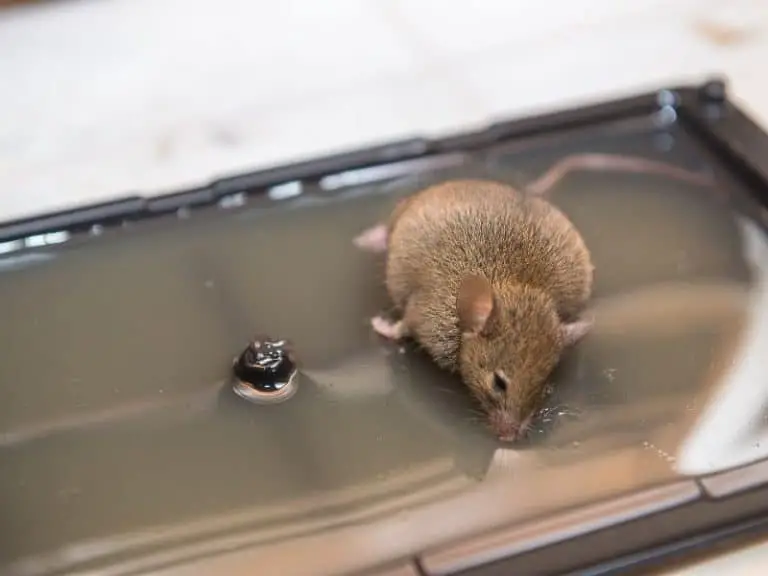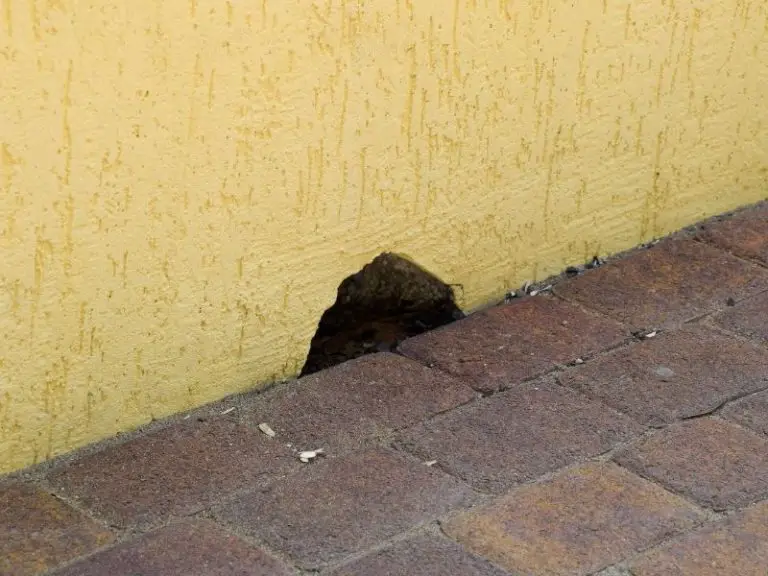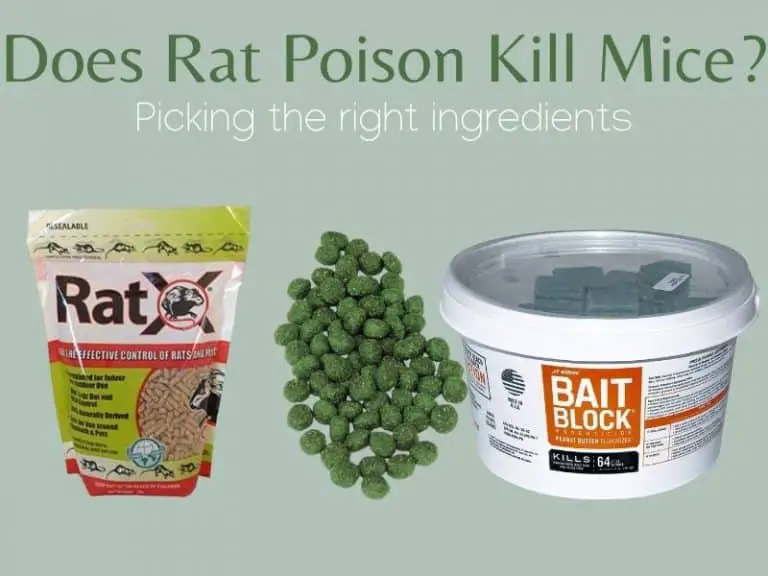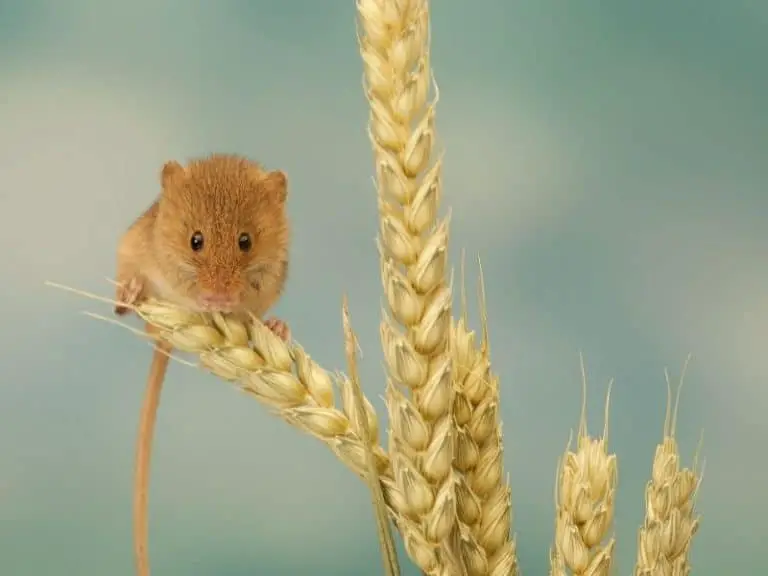Do Mice Make Noise When Trapped?
Got a mouse problem? Laying traps for mice or rats is one of the easier ways of controlling these pests, but you may also have to consider questions of humane treatment and whether the caught mice will alert others with their squeaks when trapped.
What do you think happens when a mouse gets caught?
Glue, bucket, and cage traps designed to catch rodents alive, so mice will squeak long and piteously if you don’t dispose of them immediately. The traditional spring-type and jaw traps are meant to kill immediately, and the only noise you’ll hear from them is the ‘whap!’ when a mouse gets caught.
You may be tempted to pull out your home arsenal to deal with your rodent problem, but really, hunting mice is woefully inefficient compared to a trap.
I’ve personally tried staking out rats with a slingshot when I was a kid, and given the number of shots I wasted on a rat, I wouldn’t even try it on a much smaller mouse. Nor did Mom appreciate my shooting her Chinese vase.
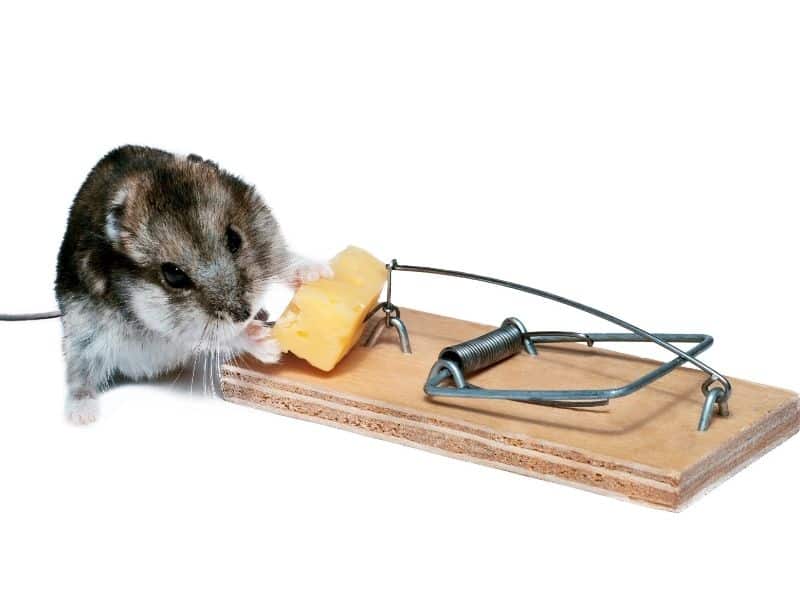
Given that, what’s the ideal mousetrap?
Local laws, health considerations, and your personal feelings about animal welfare should all be considered when selecting your ideal mousetrap.
Here’s a rundown of the common trap types below, including DIY traps that you can improvise without having to make a trip to the store.
Which Mouse Traps Work Best
Snap Traps
You’re familiar with the old-style spring or snap trap from the Tom and Jerry cartoons.
They’re made to whack a mouse on the neck or head with a spring-loaded bar when the mouse tugs on the baited trigger. Jaw traps, which are like miniature bear traps, work the same way.
However, using them come with some caveats:
- Pasty baits like peanut butter work better than solid baits, so the mouse can’t just bite off pieces of bait;
- Snap traps can injure young children and pets;
- You can’t reuse them. When a snap trap catches a mouse, the dead mouse’s body fluids will scent the trap, repelling all other mice.
There are also electric versions of the snap trap available now.
These use high voltage to efficiently kill mice and catch and kill many mice on a single battery set. They’re also made of plastic and easy to clean.
Some even come with a WIFI alert! For instance, this mousetrap from Victor:

Glue Traps
Glue traps are made with paper or plywood boards smeared with a strong adhesive.
They work best by placing them along with a mouse’s preferred runs, with a sweet- or strong-smelling bait in the center like peanut butter, marshmallows, beef jerky, or beets.
Place and bait it well, and you can even catch more than one mouse on the same trap. Scented glue traps are now available in some places and don’t need bait.
Glue traps are good for areas where mice are infested with rodent mites, as trapping the mouse alive keeps the mites on the mouse or the glue.
However, a glue trap often means a slow death for mice. Because of this, it’s now banned or restricted to professional pest control companies in some places, such as in Australia.
Inhumane Glue Traps and Humane Alternatives to Trap Mice and Rats
If you want to use a glue trap, you should inspect your traps first thing in the morning and dispose of caught mice immediately.
Bucket Traps
Bucket traps are another cartoonish but effective trap type and very easily improvised DIY.
A bucket trap is simply a bucket too tall for the mouse to jump out of, paired with a mechanism for getting the mouse to jump or fall in.
Mice can jump about a foot, so your bucket should be taller than this. This DIY design ingeniously uses a recycled soda can to get Mousy to fall in.
You can design your bucket trap as lethal or live capture as you prefer; to make it lethal, simply fill the bucket partway with water.
Professional pest controllers may put caustic fluid or poison in their bucket traps, but home users should stick to plain water for safety, especially if there are pets or kids in the house.
Cage Traps
Cage traps are ideal for live capture, as they’re even harder to escape than bucket traps.
And if you plan to release the mouse after capture, it’s easier to just carry Mousy inside the cage trap to your release location.
Also, note that if you want to reuse a cage trap, you should thoroughly wash and disinfect it to get rid of the scent of mouse urine and also any insect parasites or bacteria brought by the mouse.
What Are the Best Baits for Mousetraps?
Contrary to the popular myth, cheese isn’t the best bait for mice.
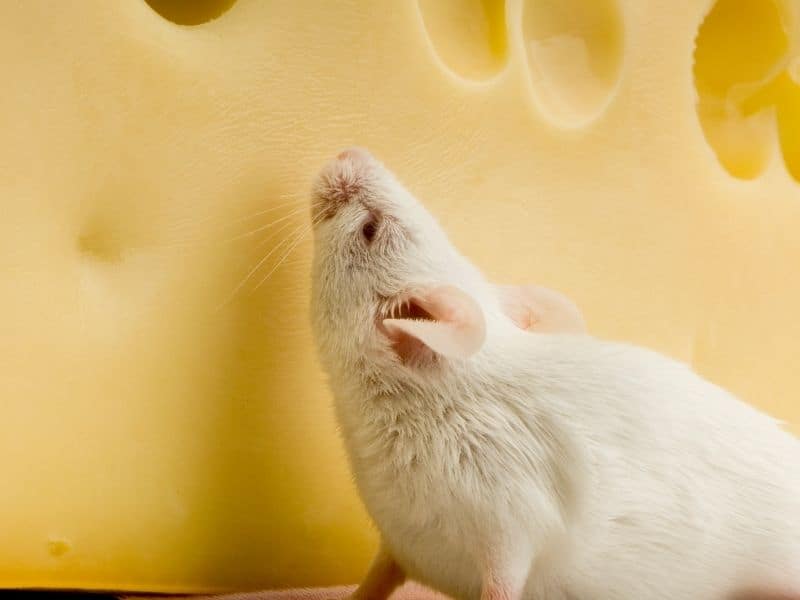
They prefer sweeter-smelling foods when they can get them.
For traps that are set off by a mechanical trigger, a sweet, pasty bait that Mousy can’t just bite chunks from works best; peanut butter in particular, but any sweet gooey stuff you have on hand will work.
Dried or cured meats or fish are also good because they smell strong.
Placing Your Mousetraps Effectively
If you’ve seen a mouse scoot past you in the house, you can bet it’s going to scoot that way again.
Mice are creatures of habit, and they will always use certain routes that they consider safe or easy to escape from. This means they’ll always run along your walls, preferably behind the fridge or furniture.
Place your traps accordingly, and it’s also recommended to go all-out on your first day with multiple traps.
Make sure, though, to avoid doing things that will make the mouse suspicious of your trap.
Don’t handle your trap or bait with bare hands; use gloves. That keeps your scent from tainting the trap. Put your traps in shadowed, sheltered places, not where it’s easiest to find them.
Do Mice Warn Each Other of Traps?
Mice are social creatures.
When you catch one alive, its squeaks warn other mice of trouble. Their response, however, depends on how hungry they are.
While mice will usually flee when they hear the distress squeak, starving mice will approach a distressed mouse – not to free it, but to eat it.
And hungry mice may also eat mice killed in traps. In general, though, mice will be repelled by the scent of a dead mouse.
This is why you should inspect your traps daily once you’ve put them out and why it’s better to put out multiple traps at once.
You’re more likely to catch most of your mice if you have enough traps to catch them in just a night or two rather than give them time to get wary.
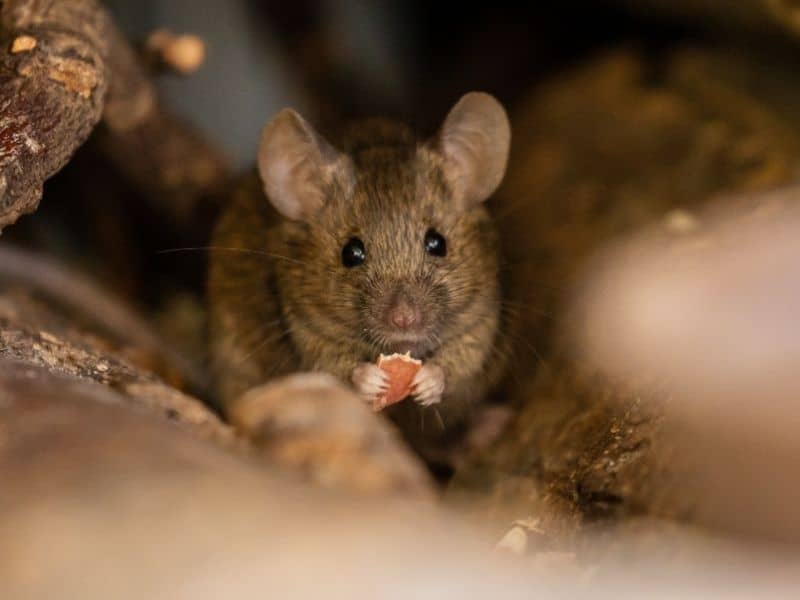
How To Dispose of Trapped Mice
Make sure to dispose of any mice you’ve caught in a way that keeps you from getting bitten, or worse, transmitting a rodent-borne disease to your family or neighbors.
Here’s a good procedure to follow in dealing with a dead mouse:
- Put on rubber gloves.
- Spray the dead mouse, the trap, and the surrounding area with a disinfectant such as bleach.
- Seal the dead mouse in a ziplock bag and dispose of it according to your local laws.
- Wash your gloved hands in soap and water and either disinfect the gloves with alcohol or bleach or dispose of them.
Make sure you dispose of the bait and any food touched by the mouse, and if you used a snap trap, the trap itself. Electric traps, though, are made to be reusable.
Just follow the manufacturer’s instructions for cleaning and resetting.
If you caught the mouse alive, you could do the following:
- Put on rubber gloves.
- If using a glue trap, simply fold the glue paper over the mouse if you mean to euthanize it, then hit the mouse with a shoe. Hit it just hard enough to stun, then kill the mouse. Seal the glue paper and mouse in a ziplock bag and dispose of it according to your local laws. Wash and disinfect your gloved hands and either disinfect or dispose of the gloves.
- To release a mouse from a glue trap, you can apply vegetable oil to it.
- If you caught the mouse in a cage or bucket trap, take it to your desired release point and let the little creature out, taking care to give it no chance to bite you. Wash and disinfect the trap for disposal or reuse.
That said, if you really don’t want to hear mouse squeaks at home, the best method is never to invite mice in the first place.
Learn how to prevent rodent infestations at home from.
Photo credit: ©canva.com
Medical Disclaimer: TheHomePestControl is a digital publisher and does not offer personal health or medical advice. The contents of this website are not intended to substitute for professional medical advice, diagnosis, or treatment.
Affiliate Disclaimer: As an Amazon Associate, I earn from qualifying purchases made on our website. If you make a purchase through links from this website, I may earn a commission at no additional cost to you.


